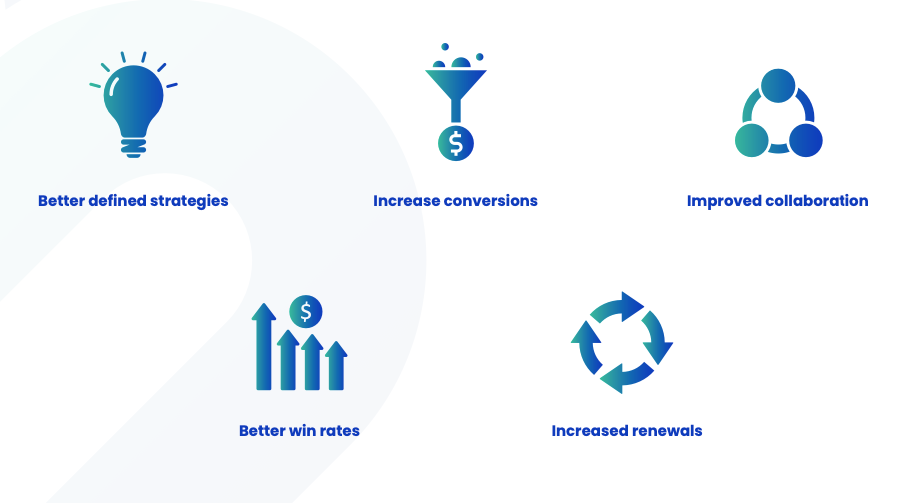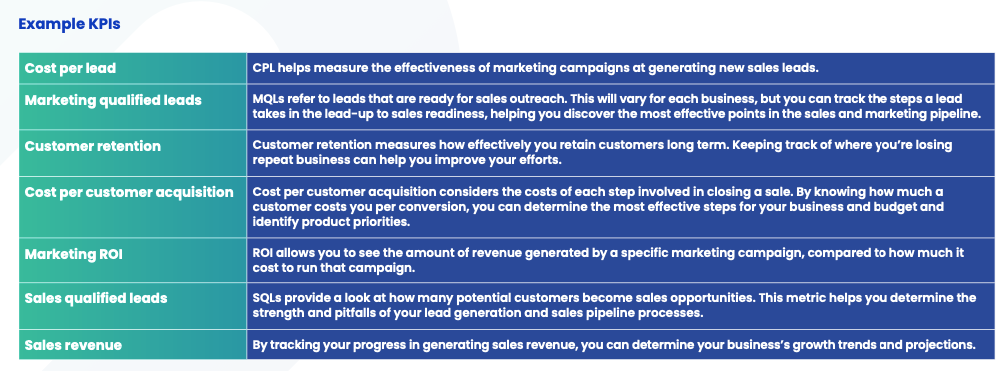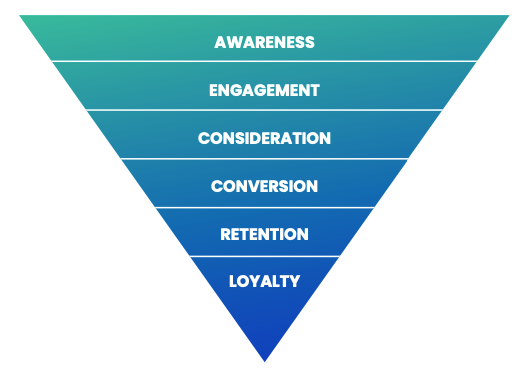It’s super common for marketing and sales to be misaligned.
Many organizations face huge issues getting these departments in sync. In fact, 60% of respondents to a global LinkedIn survey attributed damaged financial performance to the misalignment of sales and marketing.
But creating synergy between these two departments can support continual innovation, collaboration, and a healthy bottom line.
We put together a Marketing and Sales Alignment Playbook to help support better alignment between these teams. In this article, enjoy just a taste of our insights from the playbook (including advice from our expert contributors).
You can also download the Marketing and Sales Alignment Playbook and read the whole thing.
Stats and figures
- Aligning sales and marketing departments can generate 208% more revenue from marketing campaigns. (LinkedIn)
- 23% of sales professionals said that what they needed the most from their marketing teams is “better quality leads”. (InsideView)
- Companies with strong marketing and sales alignment are 67% more effective at closing deals and 58% better at retaining customers. (LinkedIn)
- 56% of aligned companies meet their revenue goals, and 19% exceed their targets. (Act-On)
Effective alignment between marketing and sales has been cited as the number one factor attributed to achieving revenue goals. (Heinz Marketing)
Benefits of marketing and sales alignment

Joint objectives/aligning KPIs
As two separate departments, marketing and sales typically use different metrics for their objectives. But getting them more closely aligned means shifting focus for both teams towards shared goals.
In a broad sense, marketing and sales both want to convert new leads into customers. But because of the way most marketing teams hand over leads to sales, this process becomes split into separate stages that the departments work on separately.
Sales are typically measured against numbers, like new accounts, closed deals, or contract renewals. Whereas marketing is measured on how many leads they produce, their quality, and the level of brand awareness. So it’s no wonder these teams are so often not on the same page.
To become truly aligned, the teams need to consider this as one overall process they collaborate on.

Integrated funnel
Both sales and marketing need access to the same information and data. So, organizations need to implement an integrated funnel that both teams can access when they need it.
But it’s a bit more complex than just implementing a CRM.
The process is strategic, with those in charge creating a single view of the buying journey across the entire sales and marketing function. Only when a company has a completely integrated funnel, will true marketing and sales alignment be achieved.

Final thoughts
When you align marketing and sales, you empower both teams to reach their (shared!) goals and positively impact the company’s overall bottom line.
Don't forget to download the complete playbook for more insights into marketing and sales alignment.



 Follow us on LinkedIn
Follow us on LinkedIn


